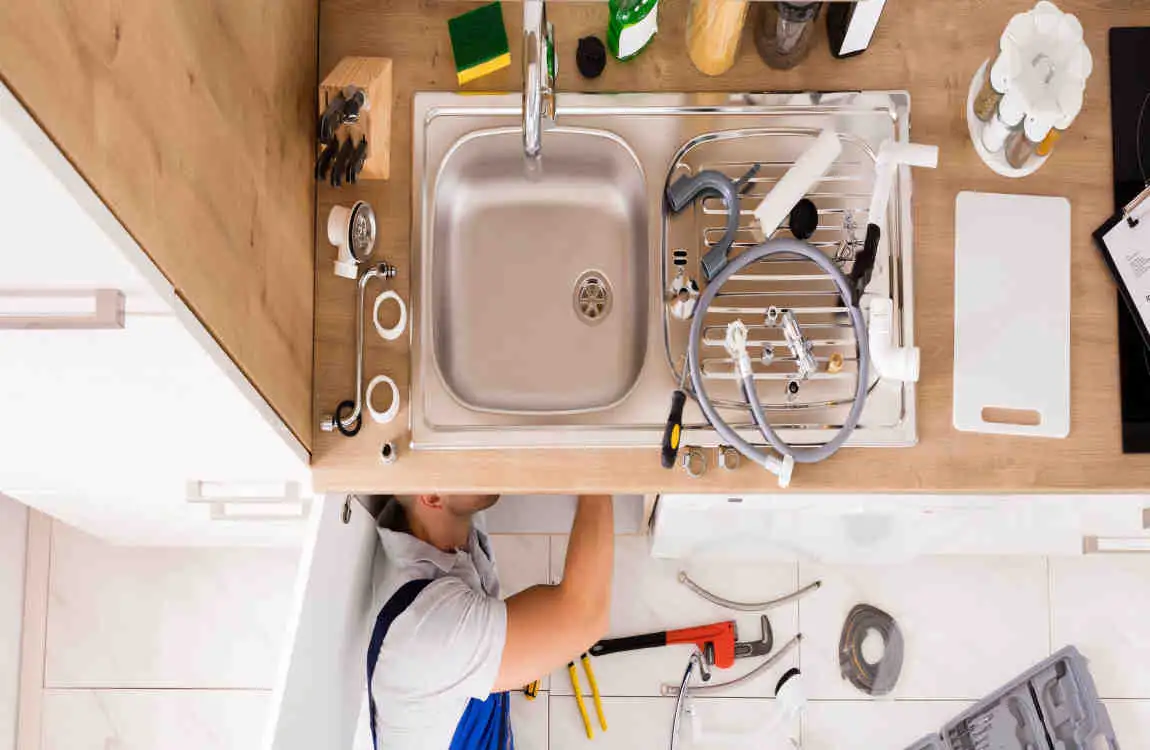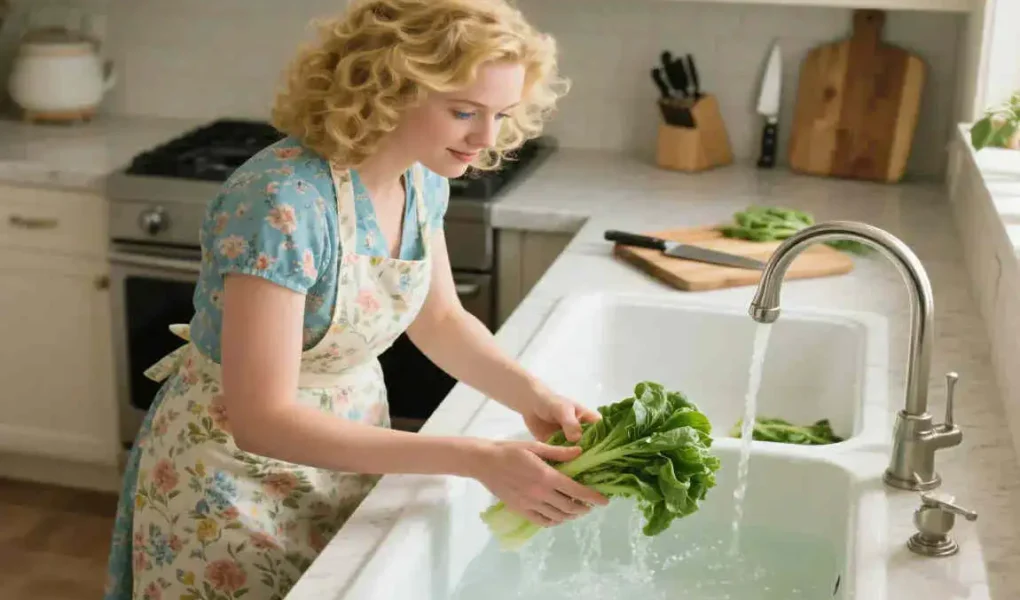If you’ve noticed your kitchen sink sagging or not sitting flush with the countertop, you’re likely dealing with a dropped kitchen sink. This common household issue happens when the sink loosens from its mounting, creating gaps, leaks, or an unstable fixture. It’s more frequent than most realize and can sneak up on anyone, especially in busy kitchens.
Knowing how to fix a dropped kitchen sink is essential. A loose sink isn’t just an eyesore; it can lead to water damage, mold growth, and even costly repairs if left unattended. The good news? Fixing it doesn’t always require a professional plumber. With the right tools and step-by-step guidance, you can secure your sink and keep your kitchen safe and functional.
We’ll explore common causes, walk you through the preparation, and provide clear, easy-to-follow steps. By the end, you’ll feel empowered to tackle this home maintenance task and keep your kitchen running smoothly.
Understanding the Problem
What is a Dropped Kitchen Sink?
A dropped kitchen sink happens when your sink shifts downward or sags from its original position. This usually means the sink isn’t firmly attached to the countertop anymore. You might notice:
- A visible gap between the sink rim and the countertop.
- The sink feels loose or wobbly when touched.
- Water leaks appear under the sink or onto the cabinet floor.
In essence, the sink loses its secure hold, which can cause it to hang or tilt awkwardly.
Common Causes of a Dropped Kitchen Sink
Several factors can cause this problem:
- Loose or damaged mounting clips: These clips keep the sink tightly in place. Over time, they can rust, break, or loosen.
- Deteriorated or missing putty/sealant: The sealant acts as a buffer and waterproof barrier. When it wears away, the sink can slip.
- Heavy use or water weight: Constant pressure or heavy objects in the sink can strain the mounting.
- Incorrect installation: Poor artistry or missing components can weaken the sink’s hold.
- Wood rot or cabinet damage: If the cabinet supporting the sink weakens due to water damage, the sink can sag.
You may also read (what are the most popular diy home projects in 2025).
Potential Risks if Not Fixed
Ignoring a dropped kitchen sink can lead to:
- Water damage to your cabinets and flooring can be expensive to fix.
- Mold and mildew grow from persistent moisture.
- A loose sink is causing leaks and plumbing issues.
- Unpleasant aesthetics, making your kitchen look neglected.
Fixing the problem early saves you money and stress.
Preparation Before Fixing
Tools and Materials Needed
Before you start, gather these essentials:
- Screwdriver (usually a flathead or Phillips)
- Putty knife or scraper
- Silicone sealant (waterproof and flexible)
- Plumber’s putty (for sealing edges)
- Replacement mounting clips (if old ones are damaged)
- Adjustable wrench (for loosening pipes)
- Cleaning supplies (rags, mild cleaner)
- Safety equipment: gloves and safety goggles for protection
Having everything ready helps the process go smoothly.
Assessing the Sink Condition
Take a close look at your sink before repairing:
- Check the mounting system: Crawl under the sink and see if clips or brackets are loose or missing.
- Inspect sealant and caulking: Look for cracks, gaps, or peeling.
- Examine the cabinet: Look for signs of water damage like soft wood, discoloration, or mold.
- Note any plumbing issues: Leaks or corrosion should be fixed along with the mounting.
This assessment lets you plan the repair accurately.
Step-by-Step Guide to Fixing a Dropped Kitchen Sink

Turn Off the Water Supply
Start by shutting off the water. Locate the valves under the sink or turn off the main supply. This prevents water spills during repair.
You may also read (how to clean plumbing pipes at home easy diy tips).
Disconnect Plumbing Fixtures
Use your wrench to carefully disconnect the pipes — drain pipes, water supply lines, and any fittings. Place a bucket underneath to catch drips.
Remove the Sink (if necessary)
If the sink is badly dropped or the clips need replacement, gently lift or detach the sink. Support it firmly to avoid damage. Sometimes loosening the clips lets you slide the sink free.
Remove Old Sealant and Putty
Scrape away the old plumber’s putty or silicone with your putty knife. Clean the sink edge and countertop thoroughly — any residue can weaken the new seal.
Inspect and Replace Mounting Clips
Check the clips for rust, cracks, or missing parts. You can find replacements at hardware stores or online. Attach new clips firmly to give your sink a solid hold.
Reapply Plumber’s Putty or Silicone Sealant
- Plumber’s putty is pliable and suitable for sealing sink edges, but not ideal for areas exposed to constant water.
- Silicone sealant is waterproof and flexible, perfect for sealing gaps.
Apply a smooth bead around the sink edge, ensuring no gaps for leaks.
Reinstall and Secure the Sink
Lower the sink carefully onto the countertop. Tighten the mounting clips gradually and evenly. Avoid over-tightening, which can crack the sink or countertop.
Reconnect Plumbing Fixtures
Reattach all pipes and fittings. Double-check connections for tightness to prevent leaks.
Test the Sink
Turn the water back on and watch for leaks. Press gently on the sink to ensure it’s stable and secure. Run water for a few minutes to confirm everything is sealed well.
Additional Tips and Expert Advice
- Maintain your sink regularly by checking the clips and sealant annually.
- Watch for early signs like slight wobbling or small gaps.
- If your sink is made of awkward materials such as stainless steel or ceramic, handle it with extra care to avoid scratches or cracks.
- Some sinks have unique mounting systems — consult your manufacturer’s instructions.
- When in doubt, or if damage is severe, call a professional plumber to avoid costly mistakes.
Common Mistakes to Avoid
- Over-tightening clips: This can crack sinks or damage countertops.
- Using the wrong sealant: Not all sealants are waterproof or kitchen-safe.
- Ignoring cabinet damage: Fixing the sink won’t help if the cabinet is rotted.
- Skipping water shut-off: This leads to messy spills and water damage.
Cost and Time Estimates
| Repair Aspect | Estimated Cost | Time Required |
|---|---|---|
| DIY Materials (sealant, clips, putty) | $20 – $50 | 2 – 4 hours |
| Professional Repair | $150 – $300+ | 1 – 2 hours |
DIY repair is affordable and can be done in a few hours. If you’re uncomfortable or the damage is extensive, professional help is worth the investment.
Conclusion
Fixing a dropped kitchen sink is a manageable project that saves you from bigger headaches. By understanding the problem, preparing well, and following the step-by-step guide, you can restore your sink’s stability and prevent leaks.
Remember, timely repairs protect your kitchen from water damage and keep your space looking neat and tidy. Whether you choose to DIY or hire a pro, don’t delay fixing that dropped sink.
You may also read (what is a spice kitchen a handy guide for your home).


